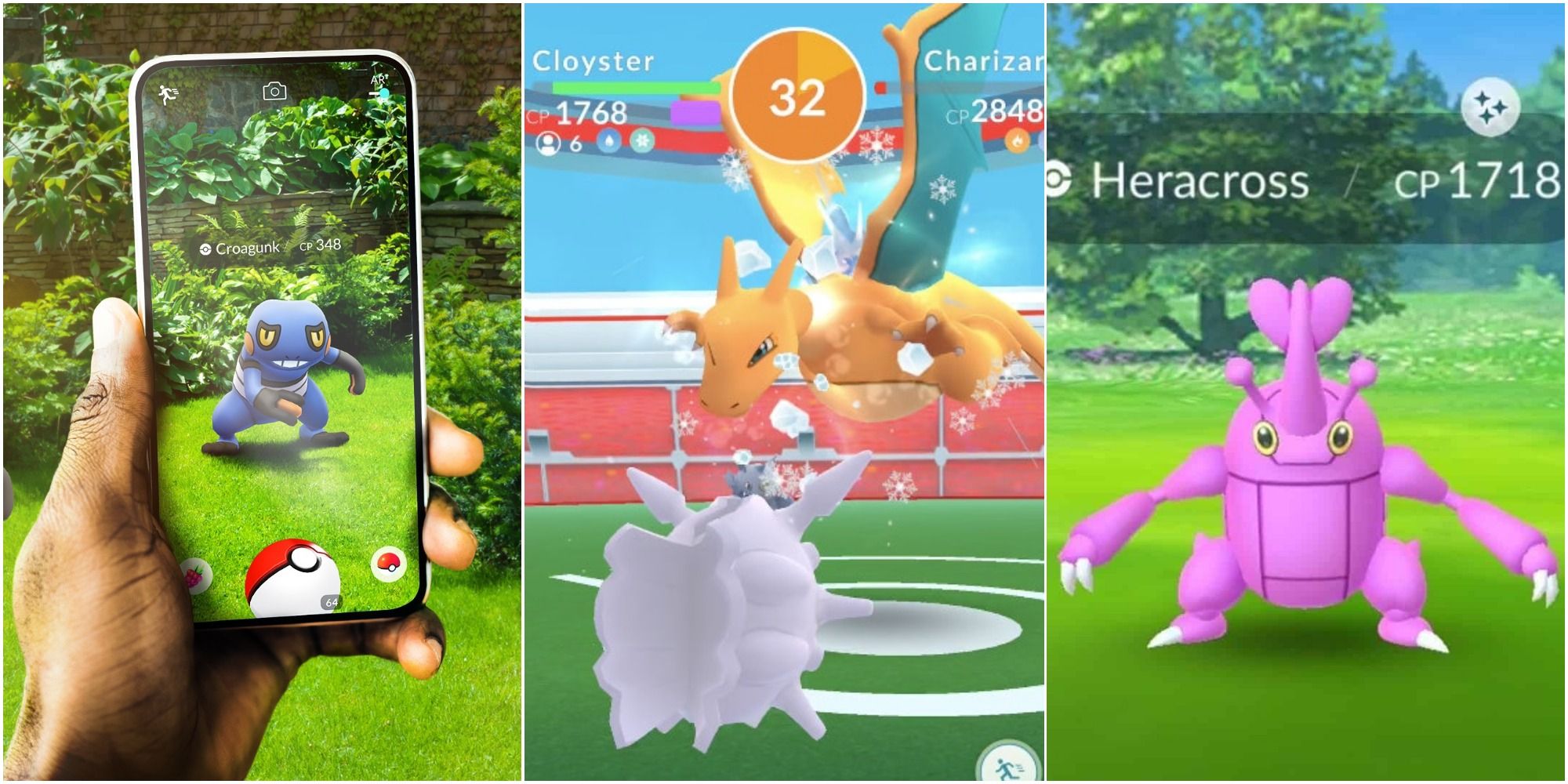
Pokémon GO launched in the summer of 2016 and was met with immediate critical acclaim and a dedicated following. It allowed players to catch Pokémon in real-world space with new creatures around every corner.
While it was a great time, the first release of the game was slightly lacking in content. Other than collecting the original 151 Pokémon and competing for gym ownership, there wasn't much else to do. As the game evolved, however, the depth of the game increased, and players found that there was more to do and more Pokémon around every corner to collect.
10 Trading Brought Back A Main Series Staple
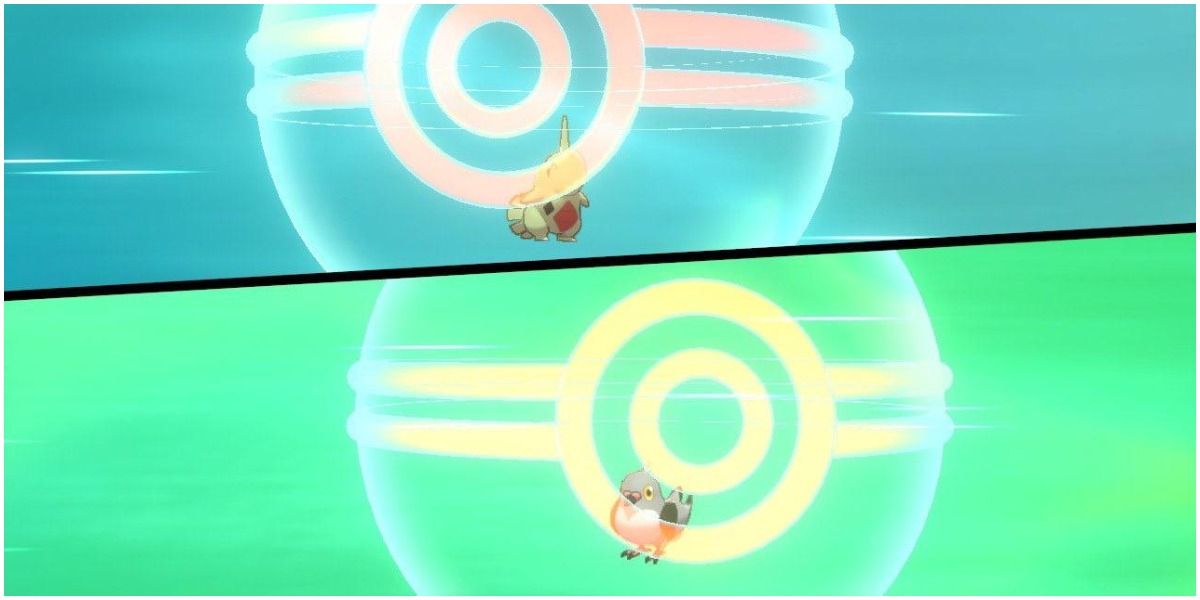
In the main series Pokémon games, players could trade Pokémon with their friends in order to fill out their Pokédex and feel more connected to the game world. In Pokémon GO, two years after the game's release, long-time players were delighted to find that they could do the same. Now, many truly rare Pokémon were available to anyone with a friend who had what they were looking for, and players' Pokédexes were filling up faster than ever.
9 Raids Let Everyone Snag A Legendary
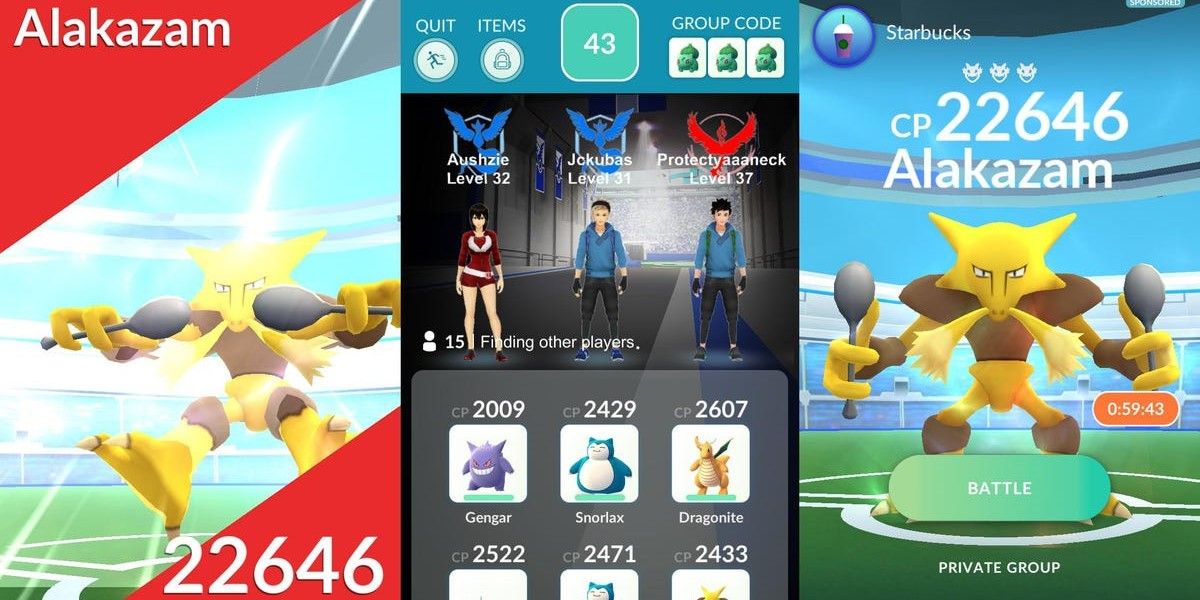
In Pokémon Go, Raids are battles with exceedingly rare and powerful Pokémon that give the player the chance to snag one for themselves. Added in July 2017, they acted as a way to encourage people to team up, as bosses often had upwards of 40,000 CP - much too strong for the average player. As the game has evolved, Raids become more and more accessible and desirable. Remote Raid Passes allow people to battle with friends across the globe and tightened the community's bonds across the board.
8 Buddy Pokémon Upped Player Immersion
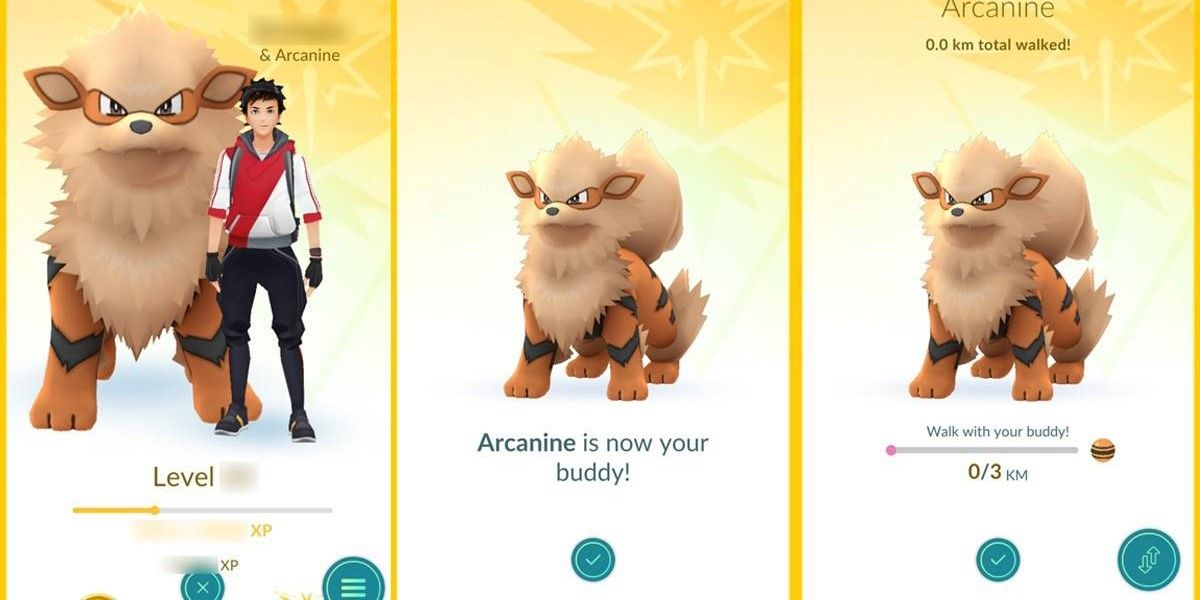
In Pokémon Yellow, and later in Pokémon HeartGold and SoulSilver, Pokémon could be let out of their balls to walk behind the player. This feature was incredibly popular, so Niantic made it a part of the Pokémon Go experience by allowing trainers to have a "Buddy Pokémon."
This buddy would walk around the map in-game and would pick up candies every few kilometers. It also grew more affectionate towards the trainer over time and gained other unique bonuses.
7 Defender Motivation Let Anyone Beat Gyms
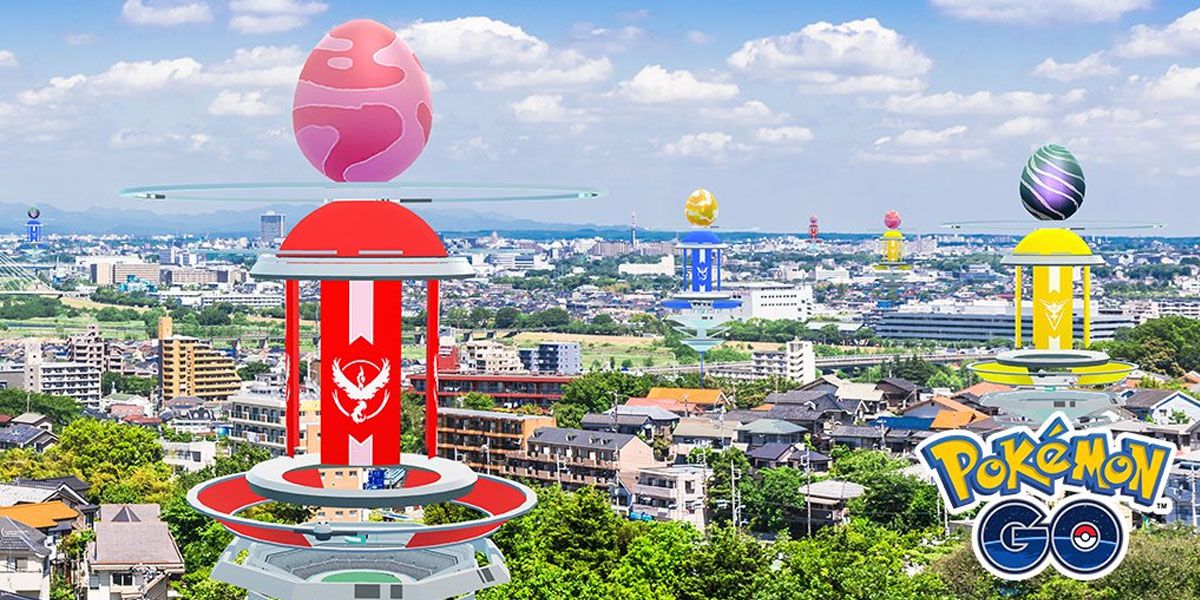
One of the struggles of fighting gyms in the first few version of Pokémon GO was that powerful Pokémon could sit uncontested in gyms for an extremely long time. If a player didn't have the right team composition, they just wouldn't be able to beat that gym. The motivation system fixed this by having Pokémon stored in gyms weaken slowly over time if they weren't fed berries. This would allow players to strike when a gym was weak and take it for their team.
6 Pokémon From Other Regions
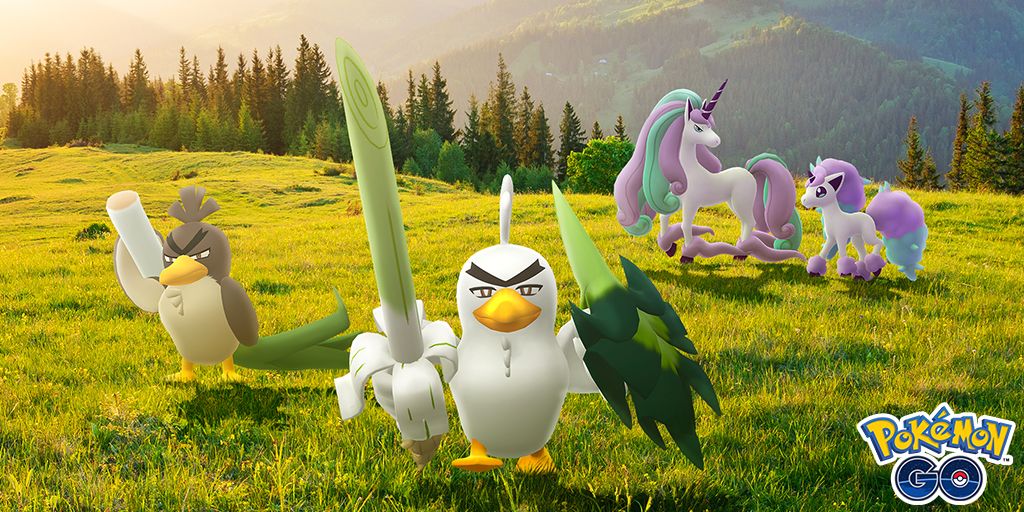
After a little less than a year from the game's initial launch, players were itching to catch new Pokémon but had filled up their Pokédexes as much as possible. Noting this, Niantic released over 80 Johto-exclusive Pokémon in late February 2017. Players now had the opportunity to catch a new batch of their childhood favorites, and overall playtime of the game went up accordingly. Over the last four years, more generations of Pokémon have been released for the public to catch. At this point, Pokémon GO has caught up to the main series, and hundreds more Pokémon are available.
5 Shiny Pokémon Gave Collectors Another Target
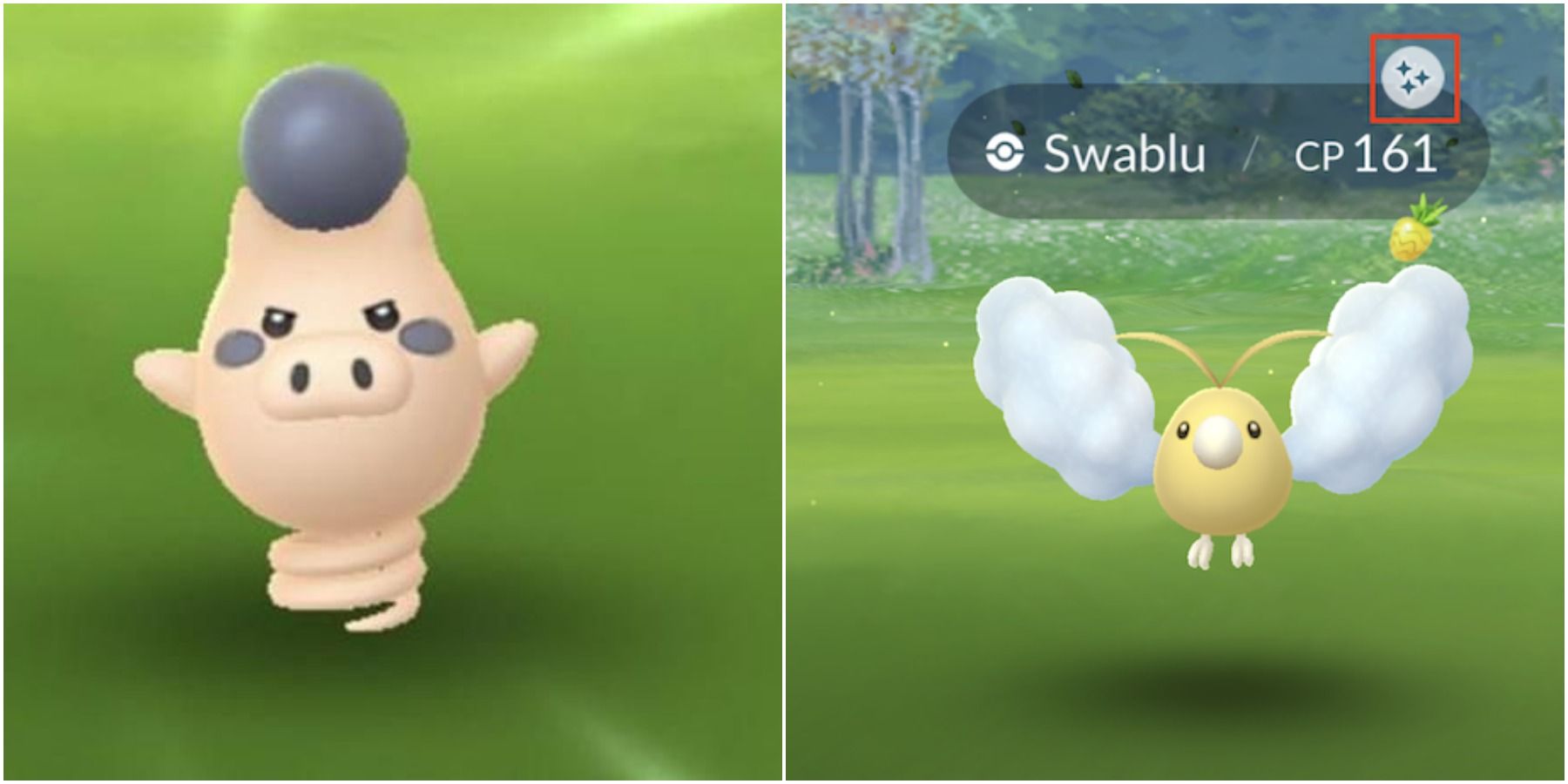
One of the most sought-after things in all of Pokémon is shiny Pokémon. The telltale sparkle and interesting alternated color palettes of said Pokémon coupled with their extreme rarity has created a community of people who play Pokémon for countless hours, hoping to find just one.
To push these shiny hunters to stick with the game, Niantic put shinies into the game in March 2017 and have slowly been releasing shiny forms of Pokémon as the game ages.
4 Team Rocket's Shadow Pokémon Brought Back A Classic
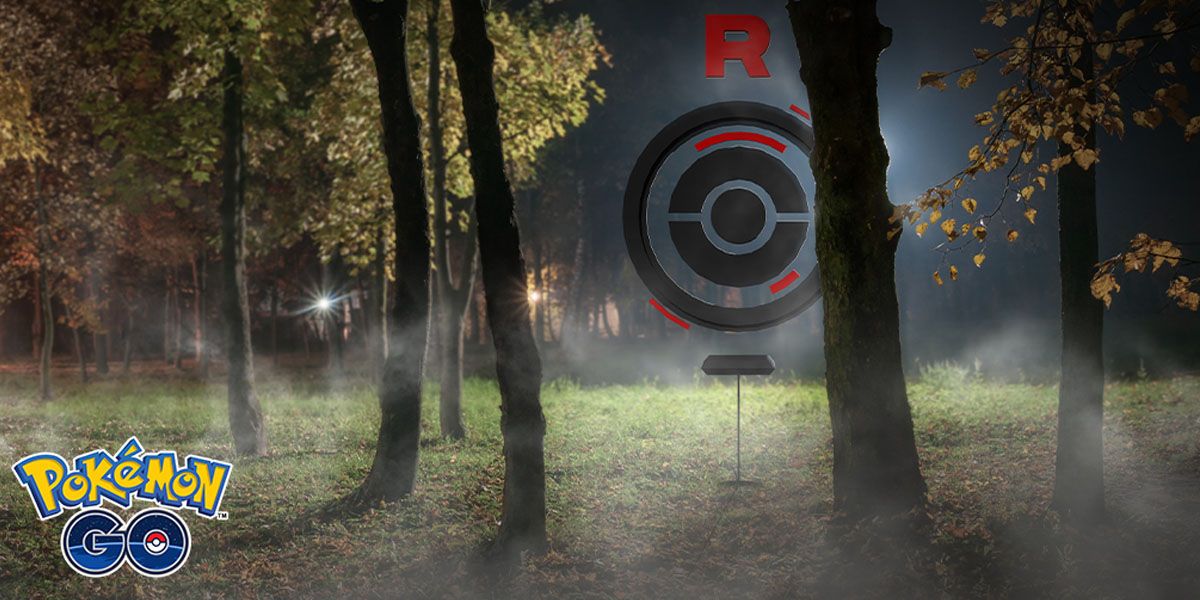
A lack of in-game battles was a major issue in 2016's Pokémon GO. Gyms were the only way battles were implemented at all, and so players had to make do with spaced-out and lackluster fights. When Team GO Rocket hit the scene, battles became both fun and rewarding. Players could defeat grunts to catch one of their Shadow Pokémon, a mechanic from the Gamecube-era Pokémon games. Fight enough grunts and a leader could be fought, and after a few leaders, Giovanni himself would take the player on. Beating him allowed players to snag a shadow legendary, with the first available Pokémon being Shadow Mewtwo.
3 Friends List Bonuses Made Leveling Smoother
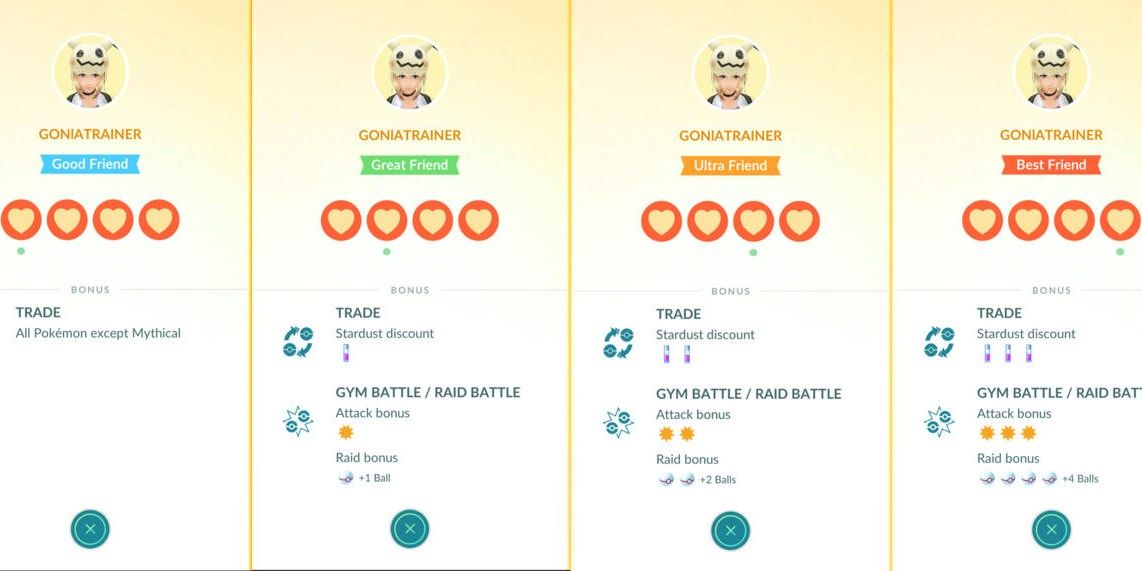
One of the most frustrating things about early Pokémon GO was how slow it was to level up once the player was at a high level. Getting hundreds of thousands of experience points was an arduous and unfun prospect, as the only way of earning said points was through catching or evolving, which gave a maximum of around 2000 XP for evolutions. After the friendship bonuses were added to the game, this changed. Getting to the next level of friendship rewarded the parties with lots of XP. Reaching Best Friend status would award a whopping 100,000 points, or double that with a lucky egg active.
2 Pokémon Home Compatibility Brought GO To The Main Series
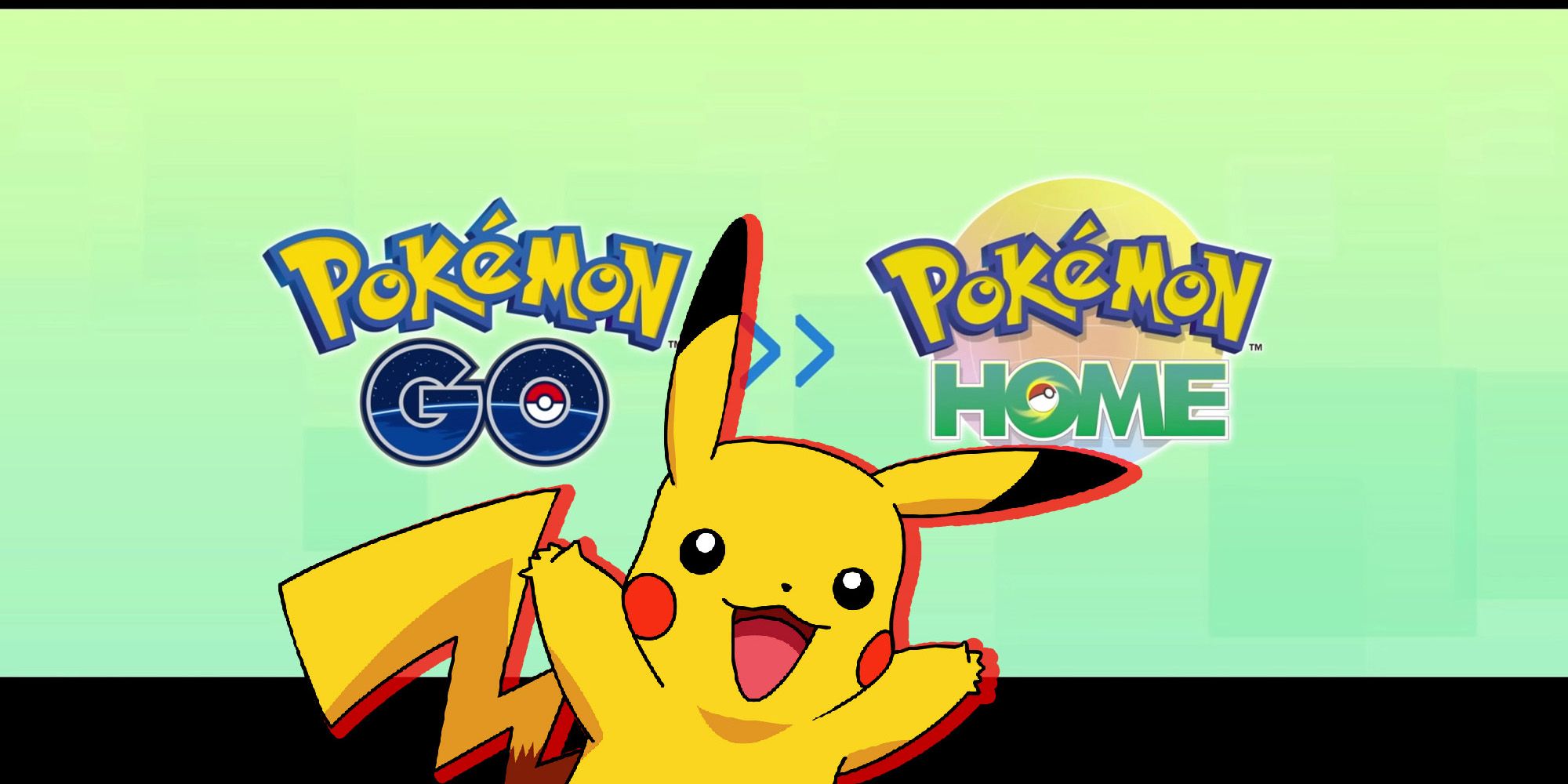
When Pokémon Let's GO Pikachu and Let's GO Eevee were released on the Switch, mobile Pokémon GO players were sad to see that non-Kanto creatures couldn't be transferred into the main games. A bit after Pokémon Home's release, the news was dropped. Pokémon GO would be able to send any Pokémon to Home.
If the Pokémon transferred was available in Pokémon Sword and Shield, they could then be sent there, straight into Generation 8.
1 Community Days Brought Great Shiny Rates
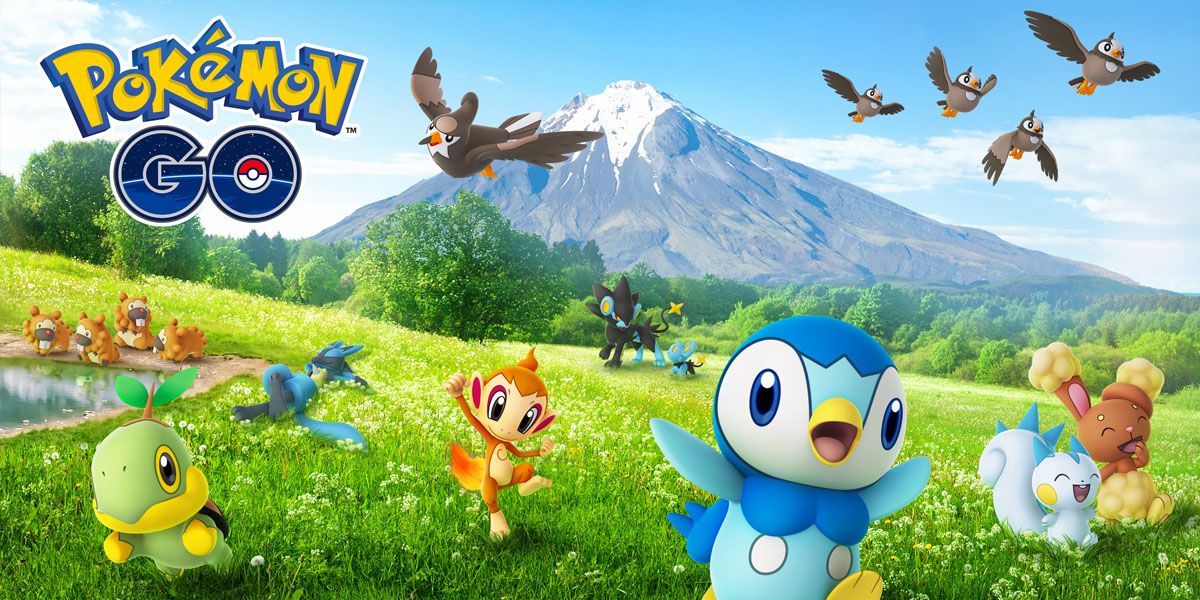
A monthly event nowadays, Community Days highlight a single Pokémon by making it spawn almost everywhere in increased numbers. This allows players to easily obtain a Pokémon with perfect IVs and evolve it, but the biggest upside to Community Days is the increased shiny rate. Instead of a reasonably rare 1/500 chance, each Community Day Pokémon the player encountered would have a 1/24 chance of being shiny. These Community Days got players returning at least once a month to collect.
0 Comments